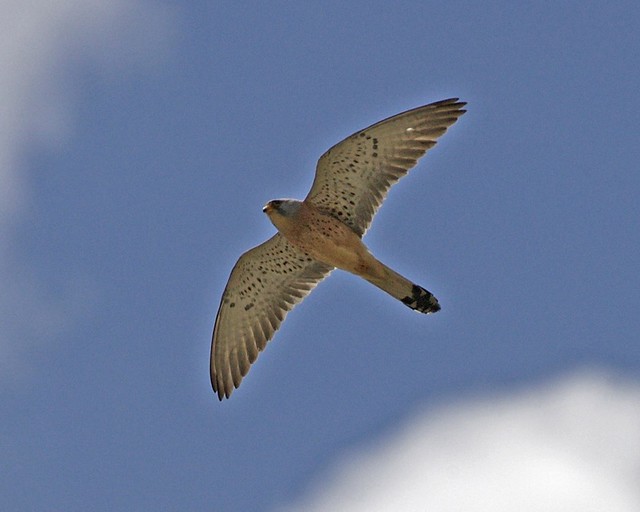A pair of Common Buzzards has been causing problems for pedestrians, joggers and cyclists visiting or passing the KNVB sport park in Zeist, the Netherlands. Earlier this month a jogger was attacked by the birds and suffered a head wound where one of the birds’ talons made contact.
The buzzard pair has a nest nearby with recently hatched chicks. The parent birds aggressively protect their territory if they feel their nest is under threat.
A speed cyclist, Henk Kools from Waspik, was also attacked by the birds as he rode past the area. The attack left him with three wounds in his neck and a deep scratch in his helmet.
The local government planned to put up signs to warn people visiting the area.
Source: Buizerds vallen passanten aan




